In a world where pets often become cherished family members, miniature mammals stand out for their unique combination of small size, big personalities, and remarkable capacity for human bonding. These pocket-sized companions offer the joy of mammalian intelligence and emotional connection in spaces where larger pets might not fit. From desk-side companions to lap-warming friends, these diminutive creatures can form surprisingly deep bonds with their human caretakers, demonstrating playfulness, affection, and social behaviors that belie their tiny stature. This exploration reveals the most interactive and playful small mammals that thrive on human companionship, their special care requirements, and the unique rewards they bring to those willing to meet them on their level.
Ferrets: The Playful Pranksters
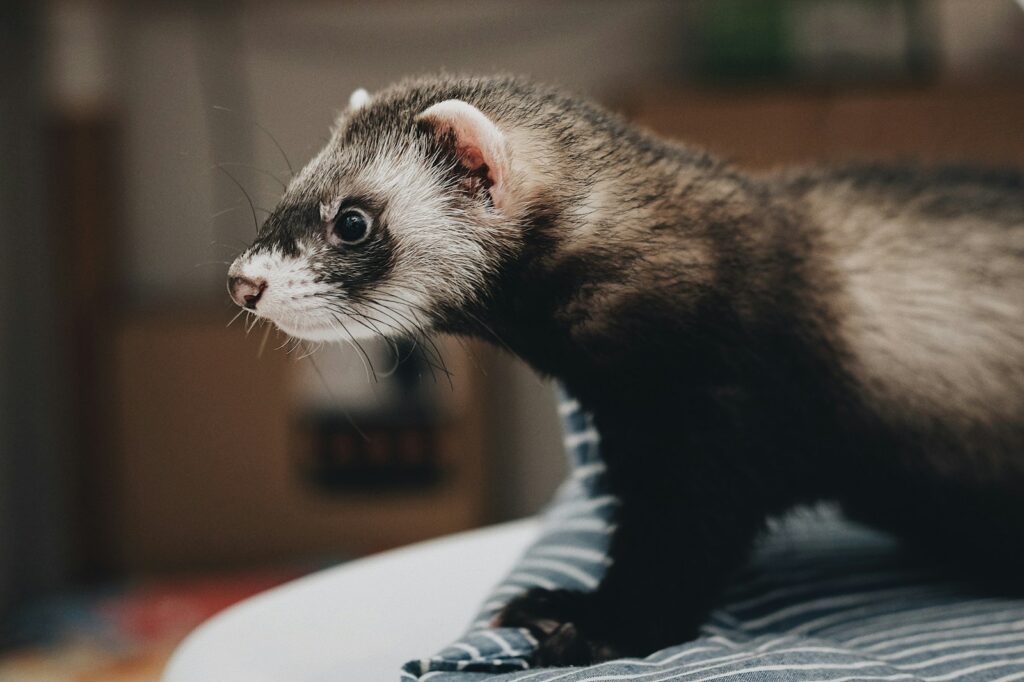
Ferrets represent one of the most interactive small mammals kept as pets, combining the playfulness of kittens with the loyalty often associated with dogs. These slender, curious creatures belong to the mustelid family and have been domesticated for thousands of years, initially for hunting but now primarily as companions. When properly socialized, ferrets form strong bonds with their owners, recognizing them individually and displaying obvious excitement upon their return home. Their playful nature manifests in “war dances” – erratic hopping and sideways movements that signal excitement and invitation to play – making them endlessly entertaining companions who actively seek human engagement throughout their 6-10 year lifespans.
Rats: The Surprisingly Affectionate Rodents
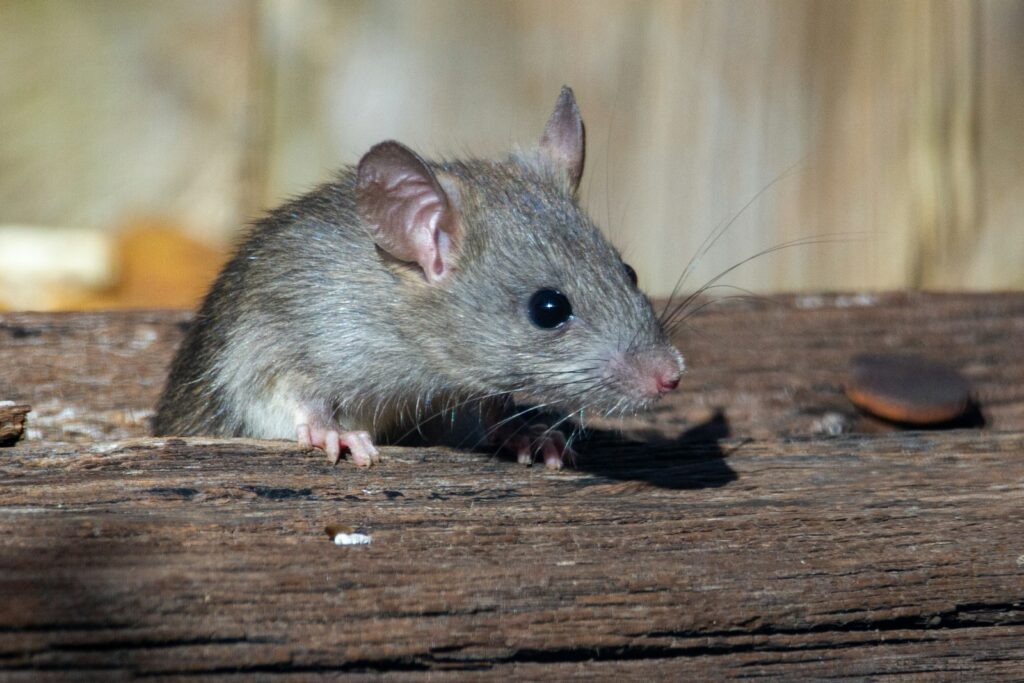
Domestic rats stand in stark contrast to their unfairly maligned wild counterparts, offering remarkable intelligence and genuine affection toward their human caregivers. These highly social animals possess cognitive abilities that allow them to learn their names, respond to commands, and even understand complex puzzles or mazes. Their desire for companionship translates beautifully to human interaction – many rat owners report their pets enthusiastically greeting them, seeking shoulder rides, and even giving “kisses” or small licks as signs of affection. Particularly notable is their capacity for empathy, with studies suggesting rats may choose to help other rats in distress – a characteristic that speaks to their emotional depth despite their small size and two-to-three-year lifespan.
Hedgehogs: Prickly Bodies with Gentle Hearts

African pygmy hedgehogs have gained popularity as exotic pets, offering a unique combination of adorable appearance and moderate interaction potential. Unlike some pocket pets that demand social connection, hedgehogs present a more independent personality while still forming meaningful bonds with patient caretakers. These nocturnal creatures initially roll into protective balls when scared, but with consistent gentle handling, many hedgehogs become comfortable enough to relax their quills and explore their owners’ hands or laps. Their curious nature becomes evident during their active evening hours, when they may enjoy supervised exploration time and interact with toys or treat puzzles under their owner’s watchful eye, gradually developing trust that transforms into a quiet but genuine connection.
Sugar Gliders: The Pocket-Sized Marsupials
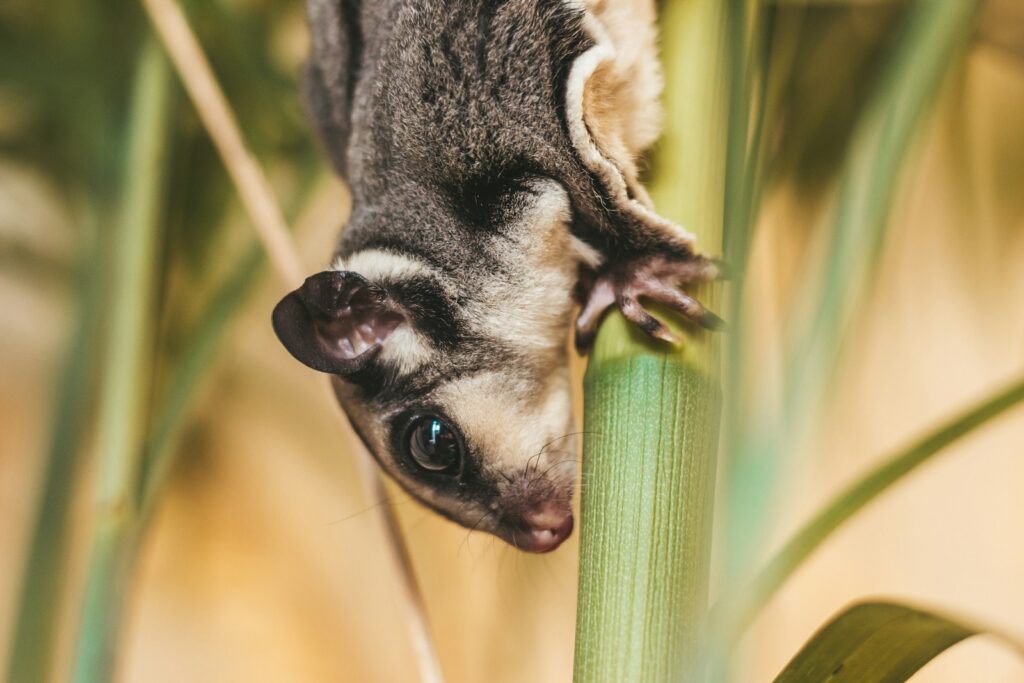
Sugar gliders represent one of the most bond-dependent small exotic pets, forming intensely close relationships with their human caregivers when properly socialized. These nocturnal marsupials, native to Australia and Indonesia, possess a remarkable adaptation – a membrane called a patagium stretching between their front and back limbs that allows them to glide impressive distances. In captivity, properly bonded sugar gliders recognize their owners, respond to their voices, and often develop strong attachments that manifest in seeking physical closeness, particularly by nestling in pockets or specially designed pouches worn close to the body. Their social nature stems from their colony lifestyle in the wild, where they live in family groups of up to seven individuals, making human interaction essential for their emotional wellbeing when kept as pets.
Chinchillas: The Soft-Furred Acrobats
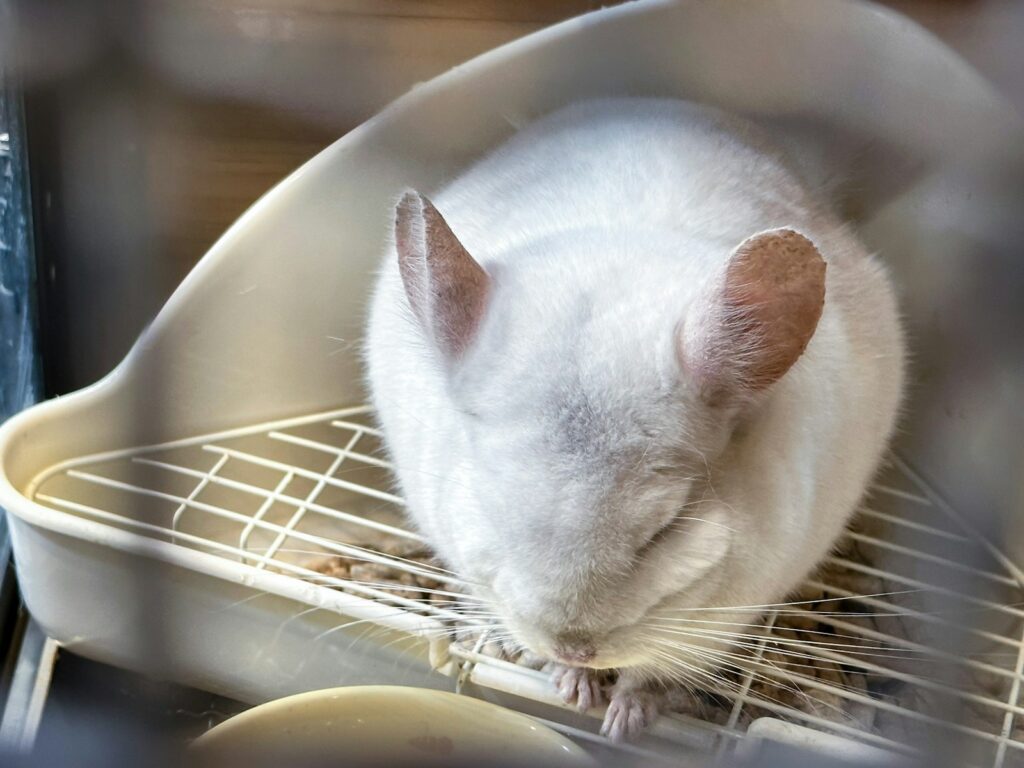
Chinchillas combine an incredibly soft, dense coat (with up to 60 hairs growing from each follicle) with remarkable agility and playful temperaments. These South American natives can live an impressive 15-20 years in captivity, allowing for long-term bonds with their human companions to develop over time. While generally more reserved than some other small mammals, well-socialized chinchillas often enjoy interactive playtime outside their cages, demonstrating impressive jumping abilities that can reach heights of up to six feet in a single bound. Their playfulness manifests in acrobatic displays, exploration of safe play areas, and sometimes gentle interaction with trusted humans, though they typically prefer not to be held for extended periods, instead appreciating respectful engagement on their own terms.
Short-Tailed Opossums: The Pocket-Sized Exotic

Brazilian short-tailed opossums offer a fascinating alternative for those seeking an unusual companion with moderate interaction potential. These small marsupials, not to be confused with their larger North American cousins, typically grow to just 5-7 inches in body length and weigh about 3-5 ounces when fully mature. Unlike many exotic pets, short-tailed opossums are generally solitary creatures but can form meaningful bonds with human caretakers who handle them regularly from a young age. Their curious nature drives them to explore their surroundings, and many enjoy climbing on their trusted humans, investigating pockets, or riding on shoulders during supervised out-of-cage time. Their independent nature makes them less demanding than some social species while still providing the reward of mutual trust and gentle interaction.
Degus: The Diurnal Socialites
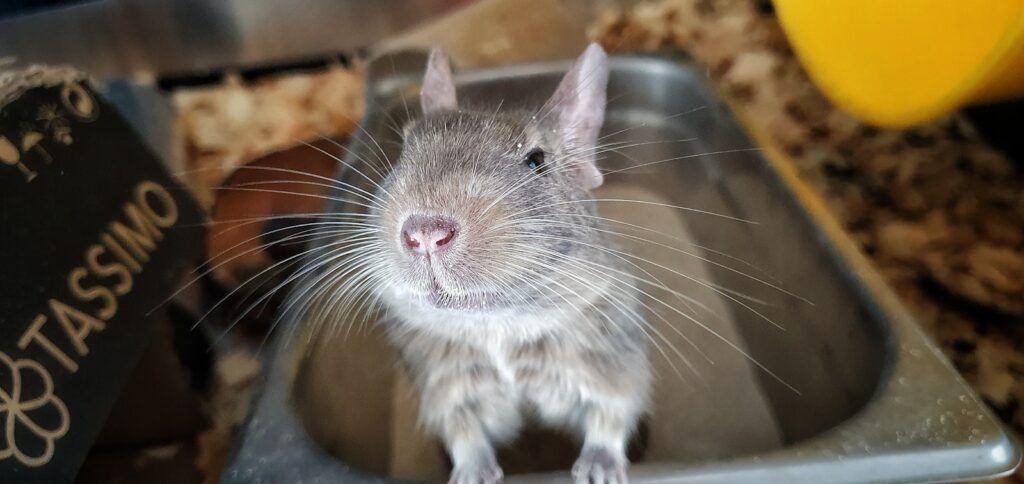
Degus offer the significant advantage of being naturally diurnal (active during daylight hours), aligning their schedules with human caretakers unlike many nocturnal small pets. These rodents, native to Chile, live in complex social communities in the wild and bring this social intelligence to their interactions with humans. When properly socialized from a young age, degus often develop strong recognition of their owners, responding to voices and sometimes even names, while displaying obvious excitement during interaction time. Their playful nature manifests in exploration, climbing, and manipulating toys with their dexterous front paws, which they can use with surprising precision to examine objects of interest. With lifespans of 6-8 years, these sociable creatures offer the opportunity for long-term companionship comparable to many larger pets.
Hamsters: The Popular Pocket Pets
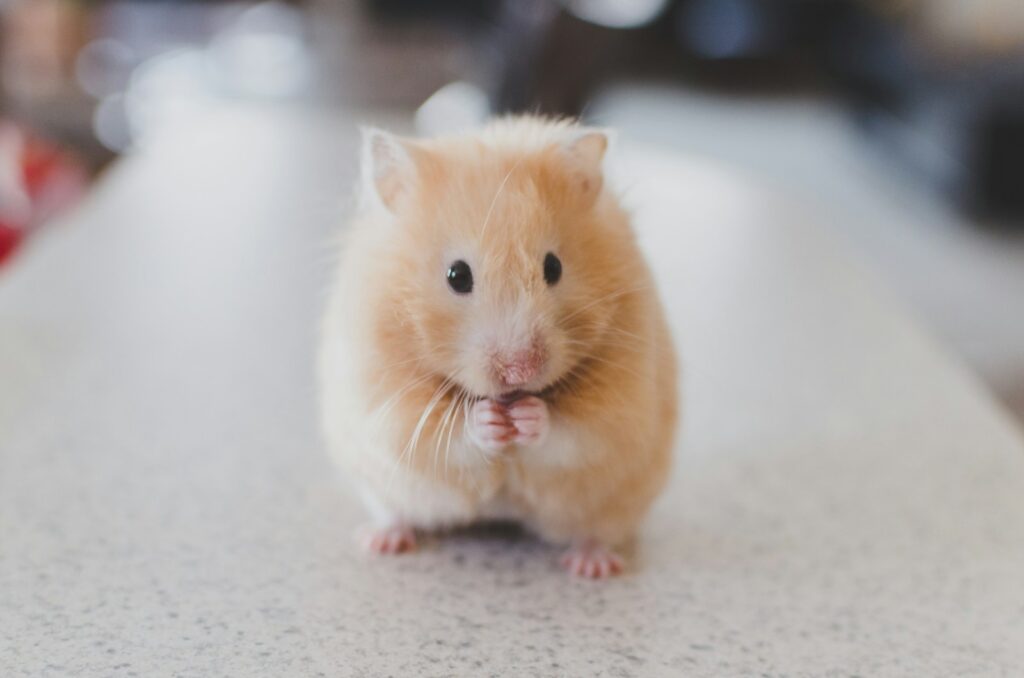
Hamsters remain among the most accessible and familiar small mammal pets, with several species offering different levels of human interaction potential. Syrian (or golden) hamsters typically show the greatest comfort with handling among hamster species, often becoming quite tame with regular, gentle interaction despite their naturally solitary nature. Dwarf varieties like Campbell’s, Winter White, and Roborovski hamsters may be more energetic and sometimes more challenging to handle due to their smaller size and quicker movements, though individual temperaments vary considerably. While not as deeply bonding as some other small mammals on this list, hamsters with positive human associations often show recognition of their caretakers through approaching the cage when they’re nearby, accepting treats gently from fingers, and sometimes even falling asleep in trusted hands after establishing comfort and security in the relationship.
Prairie Dogs: The Communicative Colonists
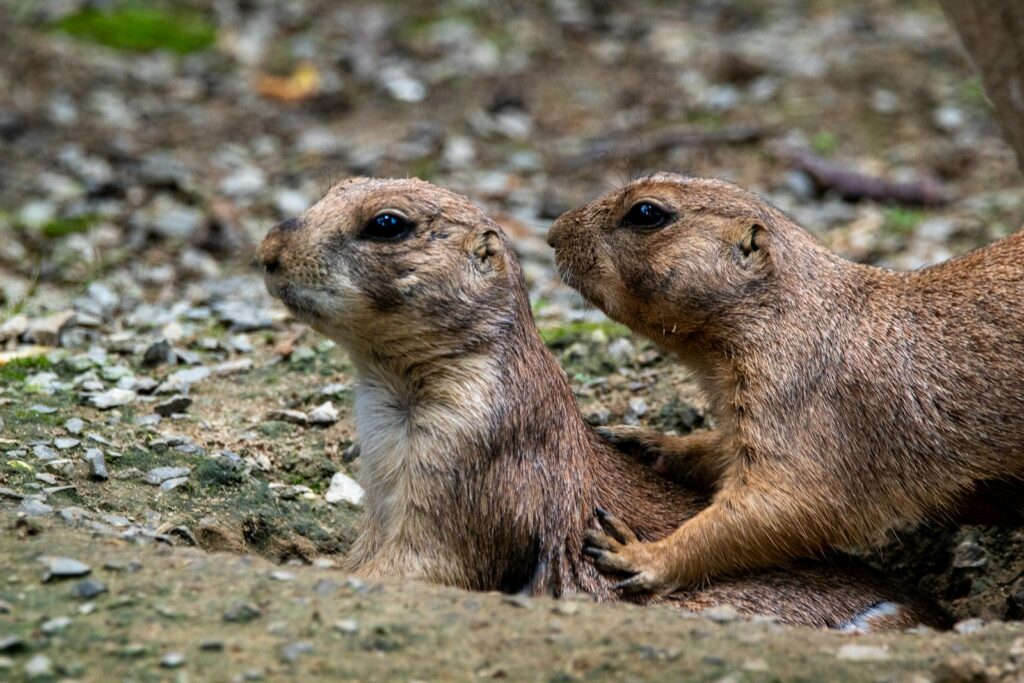
Black-tailed prairie dogs represent one of the most socially complex small mammals sometimes kept as exotic pets, bringing their elaborate communication systems and colony behaviors into the human-animal relationship. These ground squirrels naturally live in extensive underground “towns” with complex social hierarchies, developing a sophisticated vocabulary of barks, yips, and chirps that researchers have found contain specific information about predators and environmental conditions. When hand-raised from an early age, prairie dogs can form extraordinary bonds with human caregivers, recognizing individual family members, responding to names, and even developing specific vocalizations used only with their humans. Their intense sociability makes them demanding pets requiring significant daily interaction, but those who meet these needs are rewarded with a level of communication and engagement rarely seen in mammals of their size.
Gerbils: The Desert-Dwelling Companions
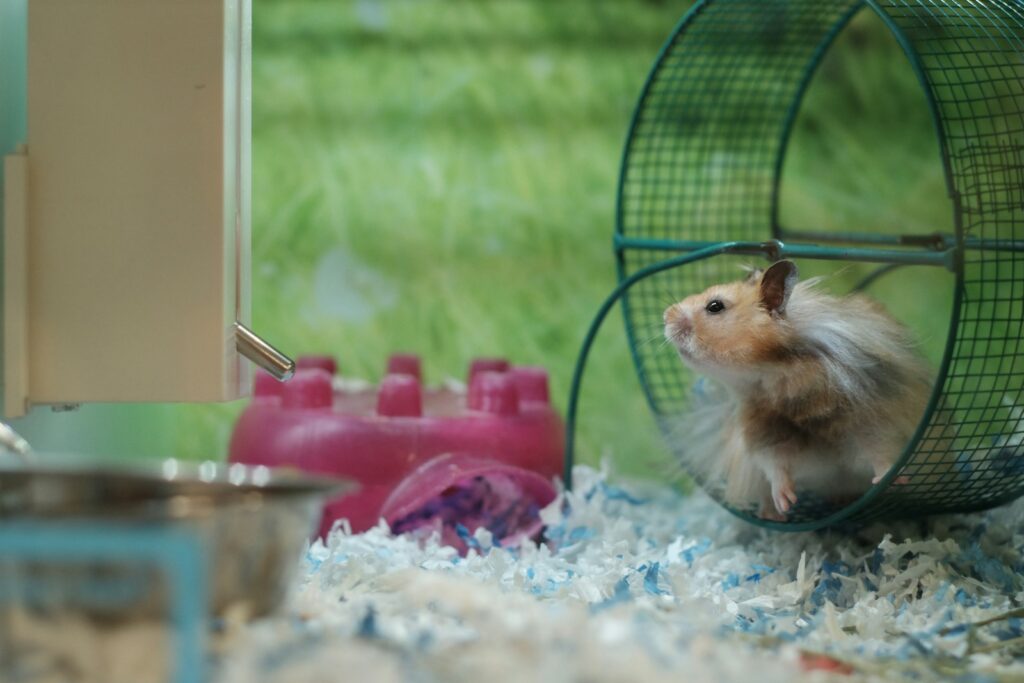
Gerbils offer a fantastic balance of interactive potential and reasonable care requirements, making them excellent introductory small mammals for those new to pet ownership. Unlike hamsters, gerbils are highly social creatures that naturally live in family groups called “clans” in their native desert habitats across Africa, India, and Asia, translating to a natural curiosity about and interest in their human caretakers. Their diurnal to crepuscular activity patterns mean they’re often awake and active when humans are, increasing opportunities for meaningful interaction. Well-socialized gerbils frequently display their happiness during handling sessions by “thumping” – rapidly drumming their back feet, which serves as a communication method between clan members in the wild – and many enjoy exploring secure play areas under supervision, returning to their humans as safe bases during these adventures.
Flying Squirrels: The Bonding Gliders
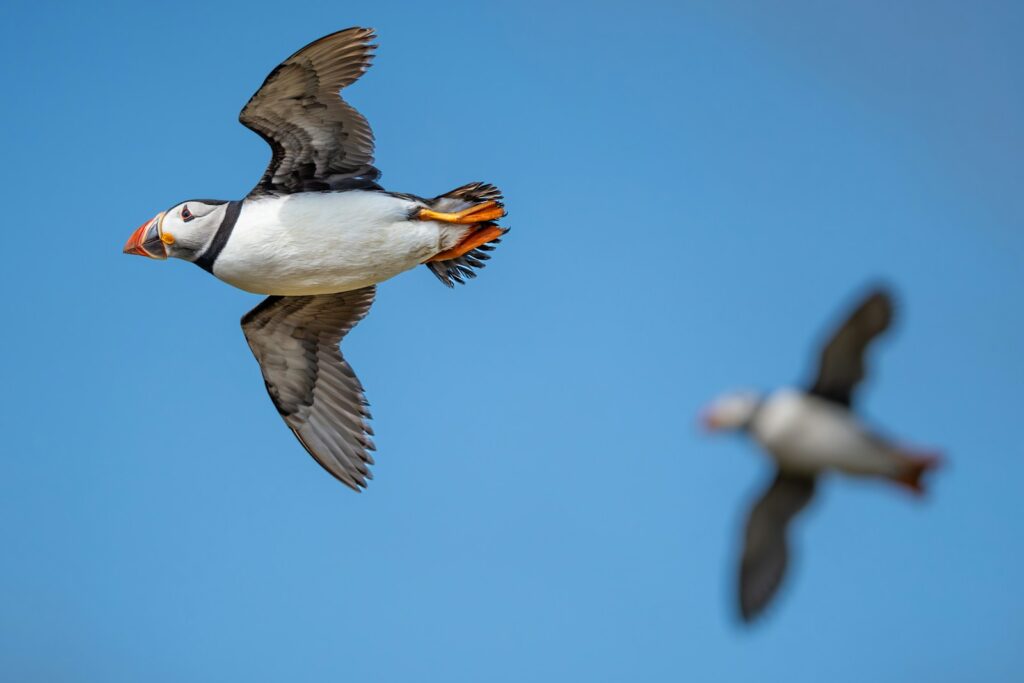
Northern and Southern flying squirrels (not to be confused with sugar gliders, which are marsupials) develop some of the strongest human bonds among exotic pocket pets when properly socialized from a young age. These nocturnal rodents possess a membrane called a patagium stretching from wrist to ankle, allowing them to glide impressive distances between trees in their native North American forests. In captivity, hand-raised flying squirrels often form intense attachments to their human caregivers, frequently expressing this bond by seeking physical closeness – nestling in pockets, sleeves, or specially designed bonding pouches worn against the body. Their natural inclination toward social living (they often nest in groups in the wild) means they thrive with regular human interaction, recognizing their specific humans through scent and sound, and sometimes even developing possessive behaviors toward their chosen person.
Ethical Considerations for Miniature Mammal Companionship
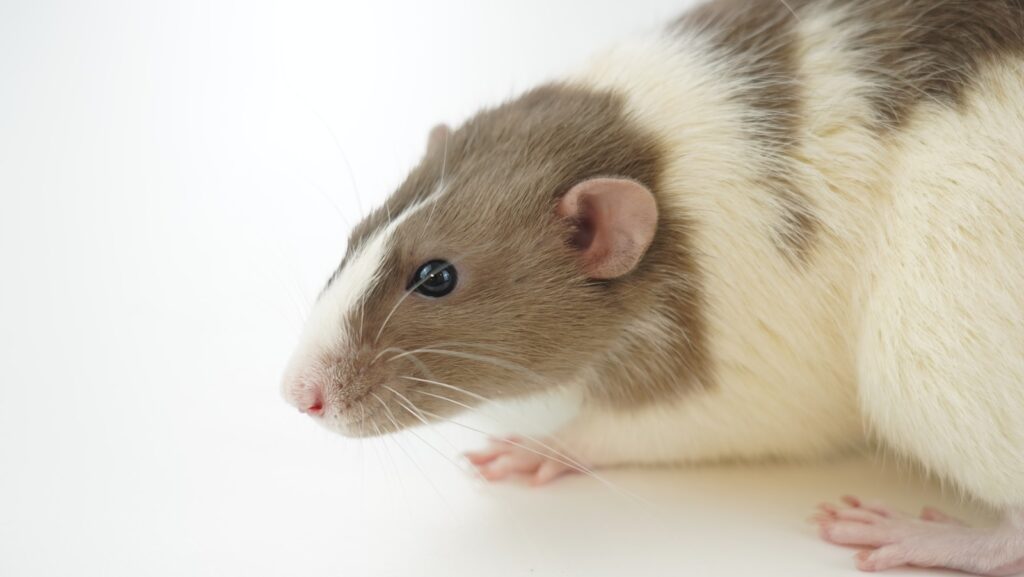
The decision to bring home any small mammal companion carries significant ethical responsibilities that potential owners must carefully consider before acquisition. Many of these species have specific social requirements – sugar gliders and degus, for instance, can develop depression and self-harming behaviors if kept alone, necessitating either multiple animals or extraordinary time commitments from human caretakers. The exotic pet trade also raises serious concerns, with species like prairie dogs and flying squirrels sometimes captured from wild populations or bred in questionable conditions, making research into ethical sourcing essential. Additionally, prospective owners must honestly assess their long-term commitment capacity, particularly for species with decade-plus lifespans like chinchillas, and ensure appropriate veterinary care is locally available, as many exotic species require specialized knowledge not all veterinarians possess.
Conclusion
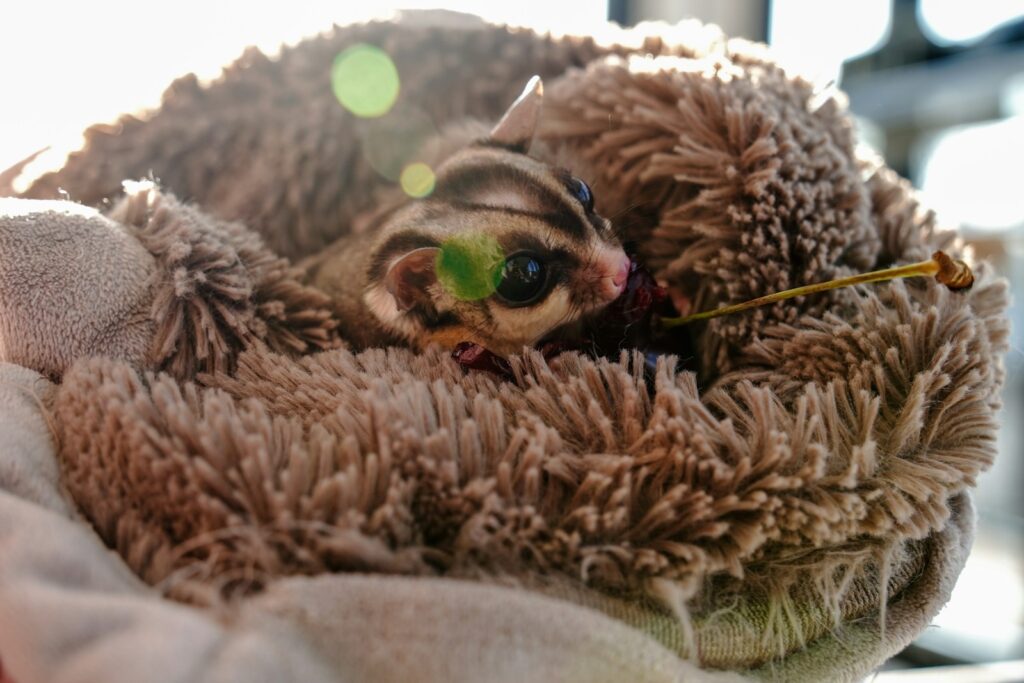
The world of miniature mammals offers remarkable opportunities for meaningful cross-species connections that challenge our understanding of animal consciousness and emotional capacity. These small but mighty companions prove that profound bonds don’t necessarily correlate with physical size, as even the tiniest among them can demonstrate recognition, affection, and genuine enthusiasm for human interaction. When we meet their specific needs – respecting natural behaviors, providing appropriate socialization, and committing to their lifelong welfare – these pocket-sized friends reward us with unique relationships that enrich our lives immeasurably. In their tiny paws, expressive eyes, and playful antics, we find reminders that the animal kingdom’s capacity for connection extends far beyond the familiar realm of traditional pets, inviting us to expand our concept of companionship to include even its smallest members.

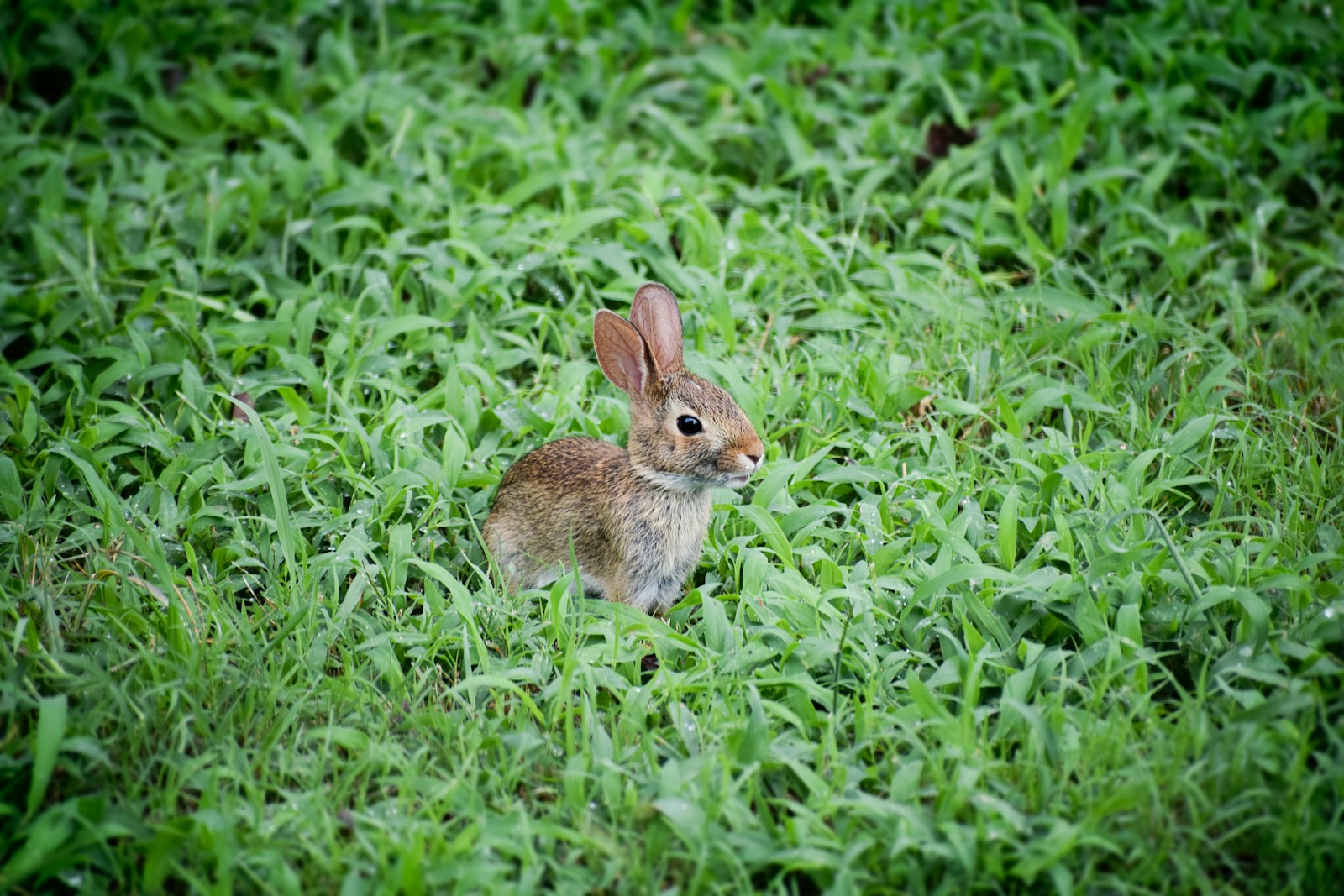
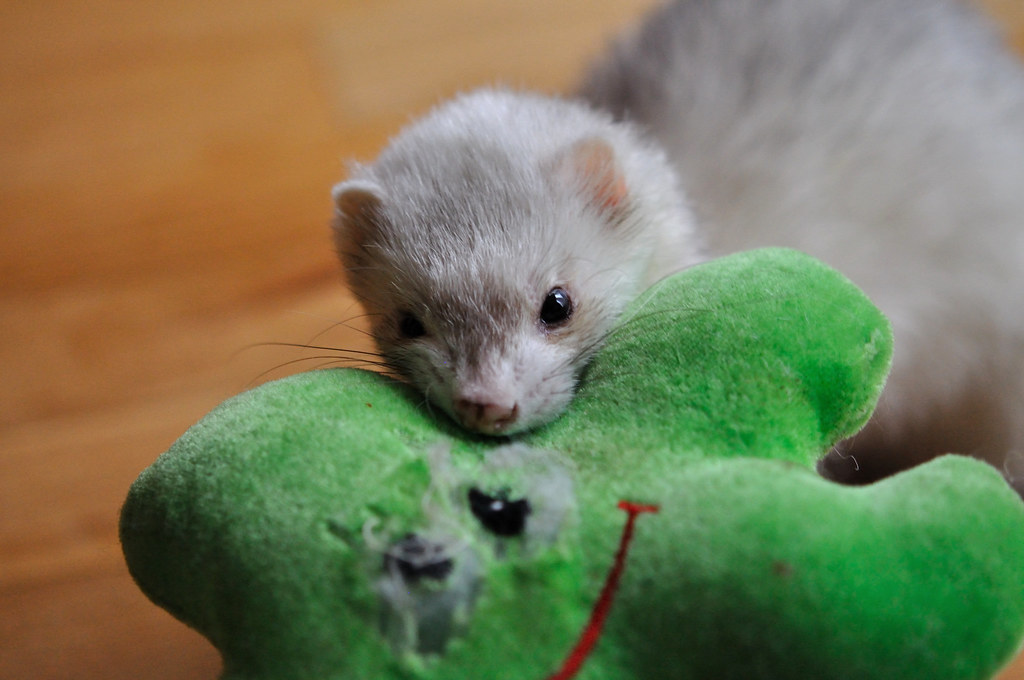
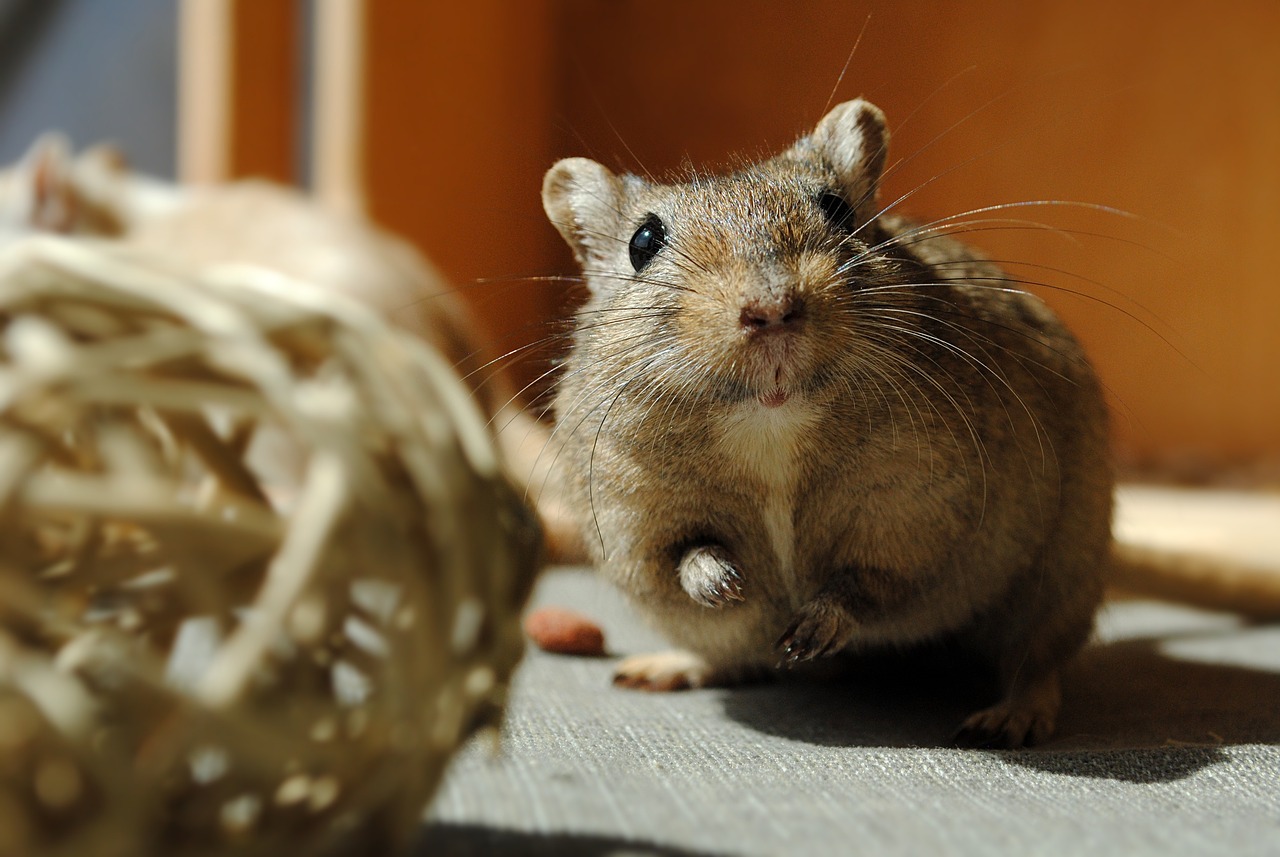

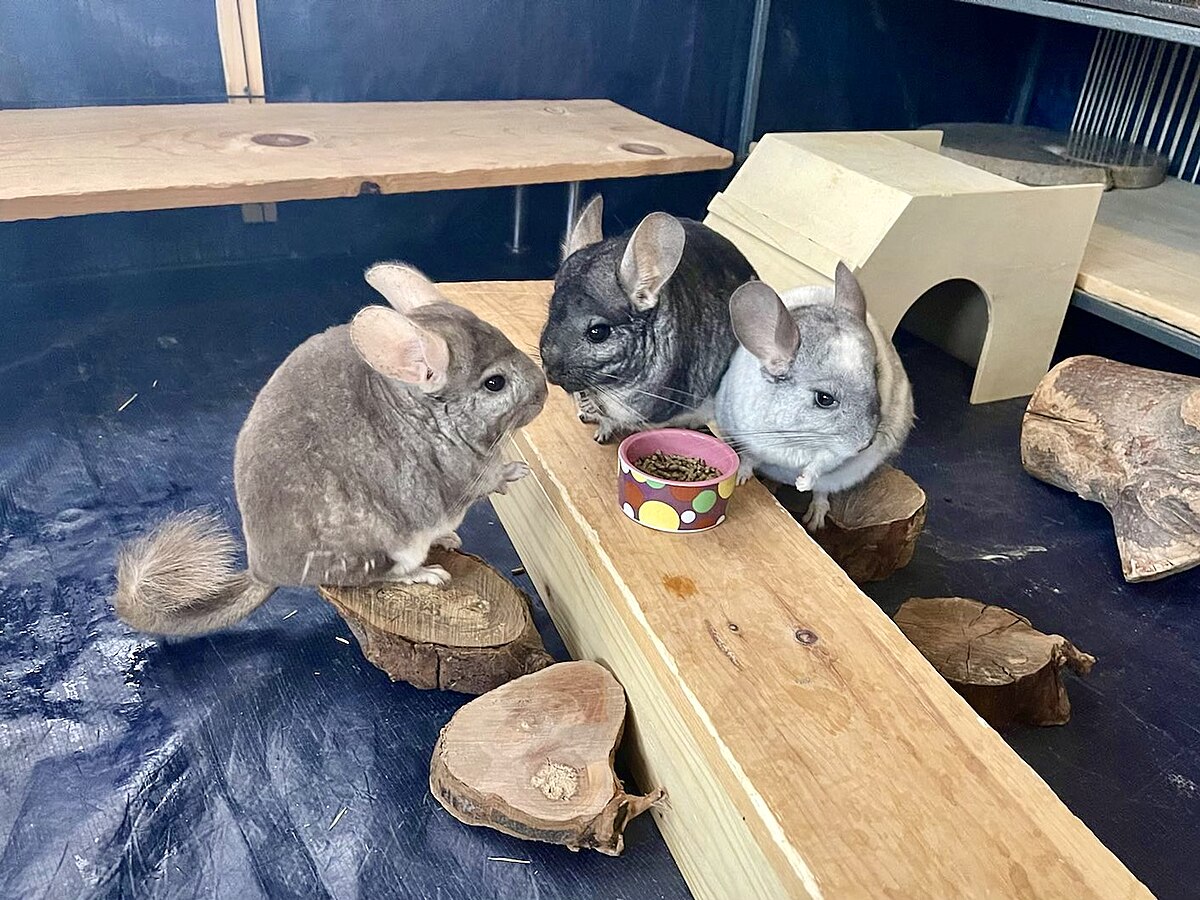
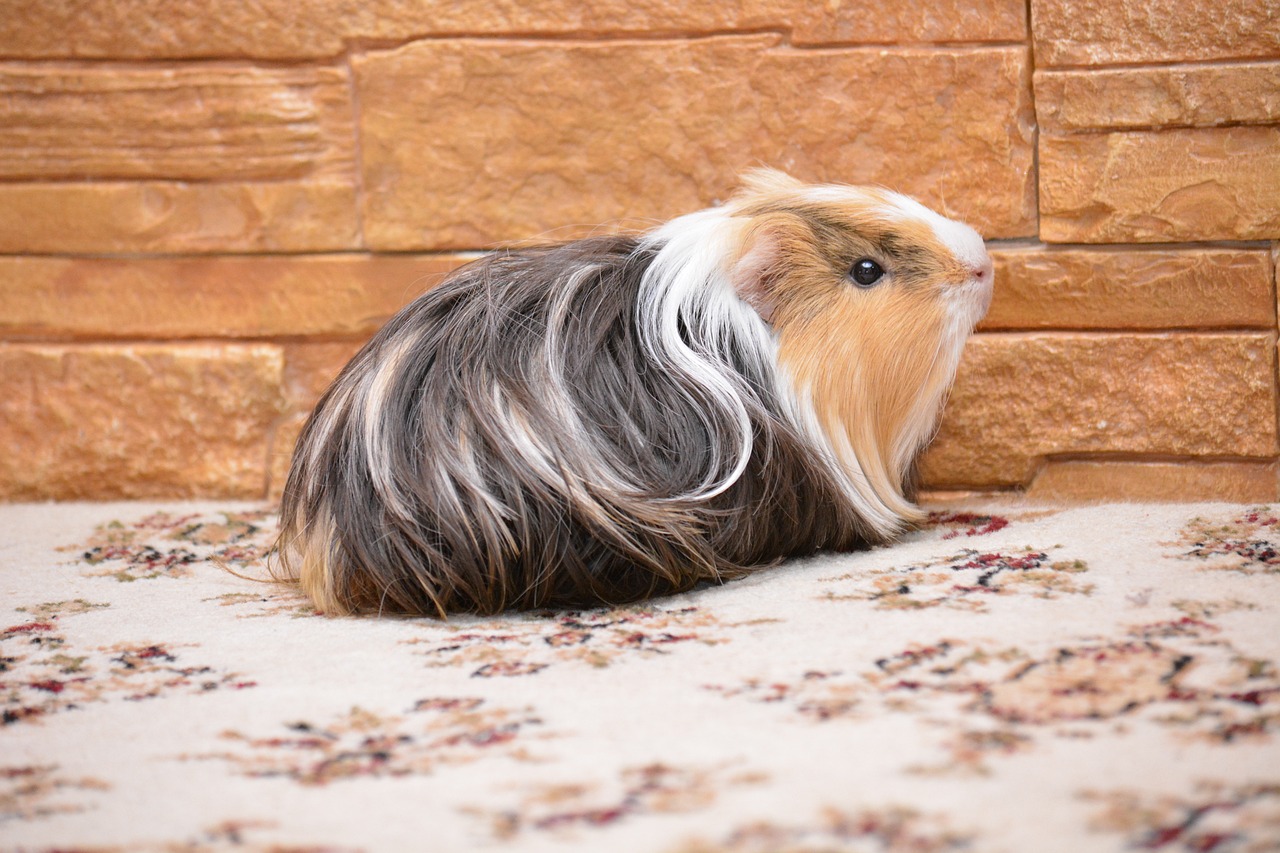
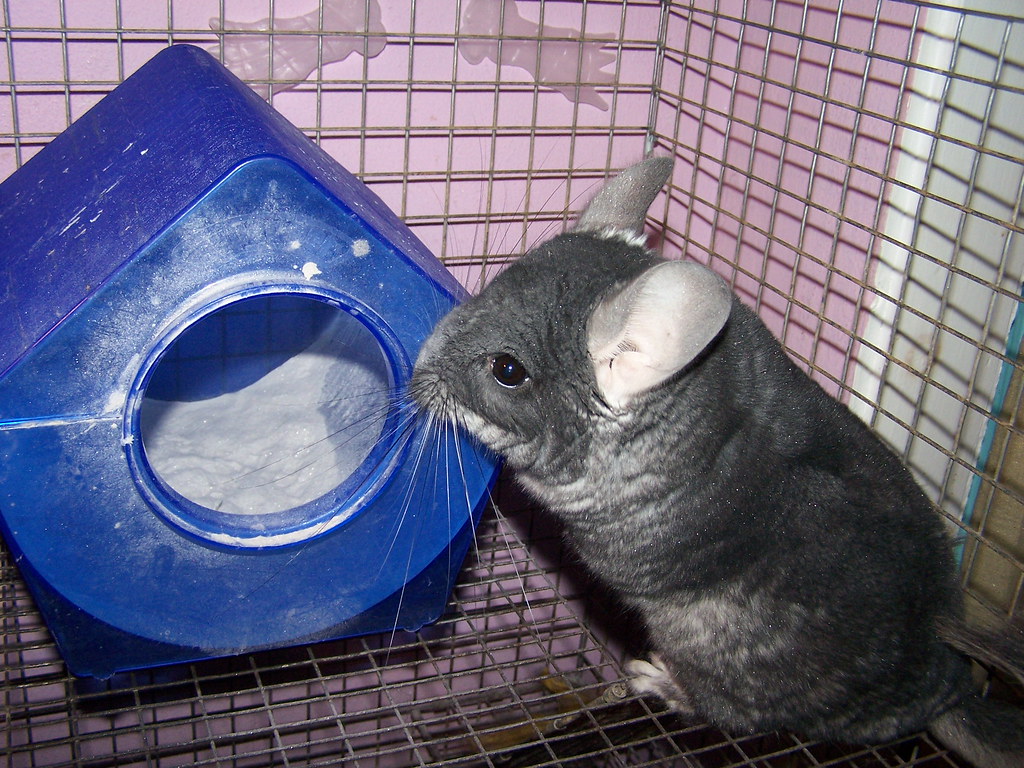

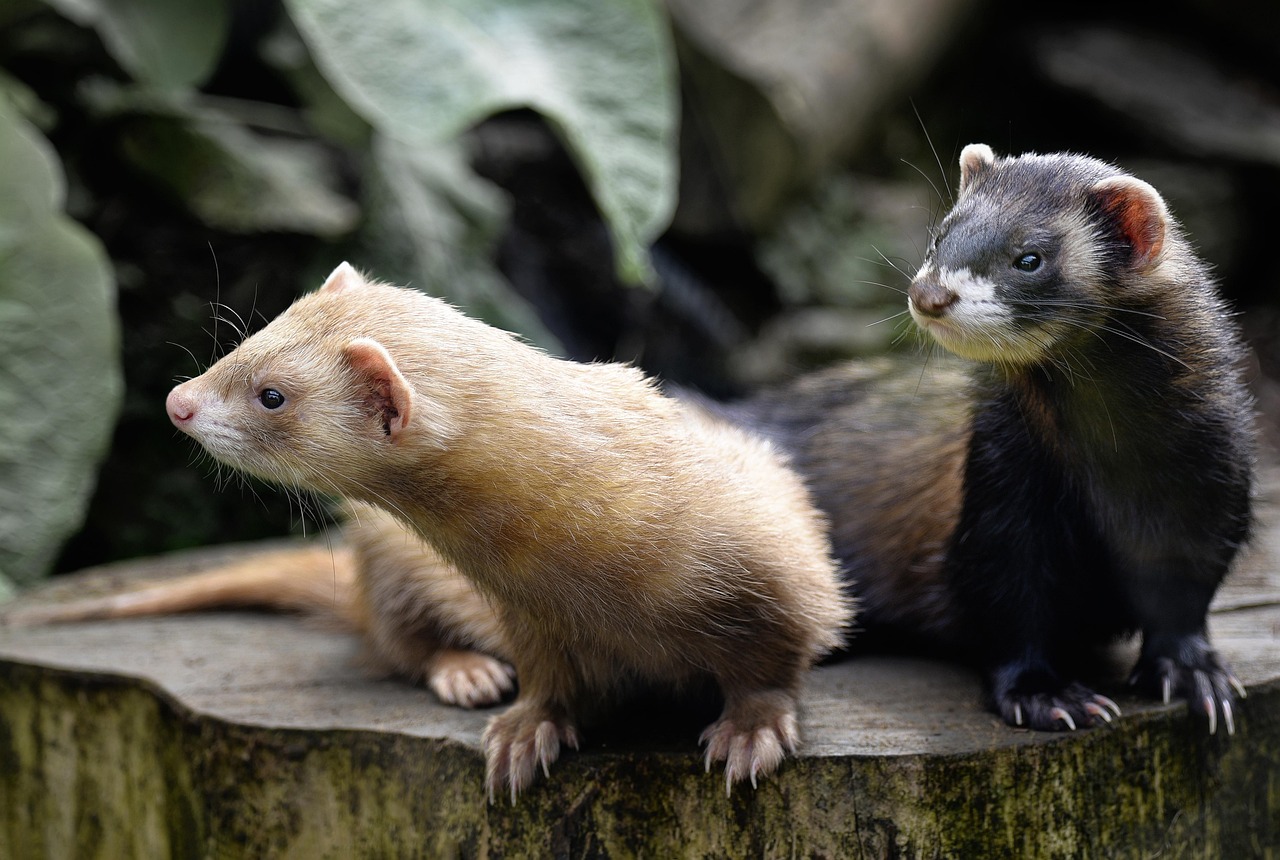
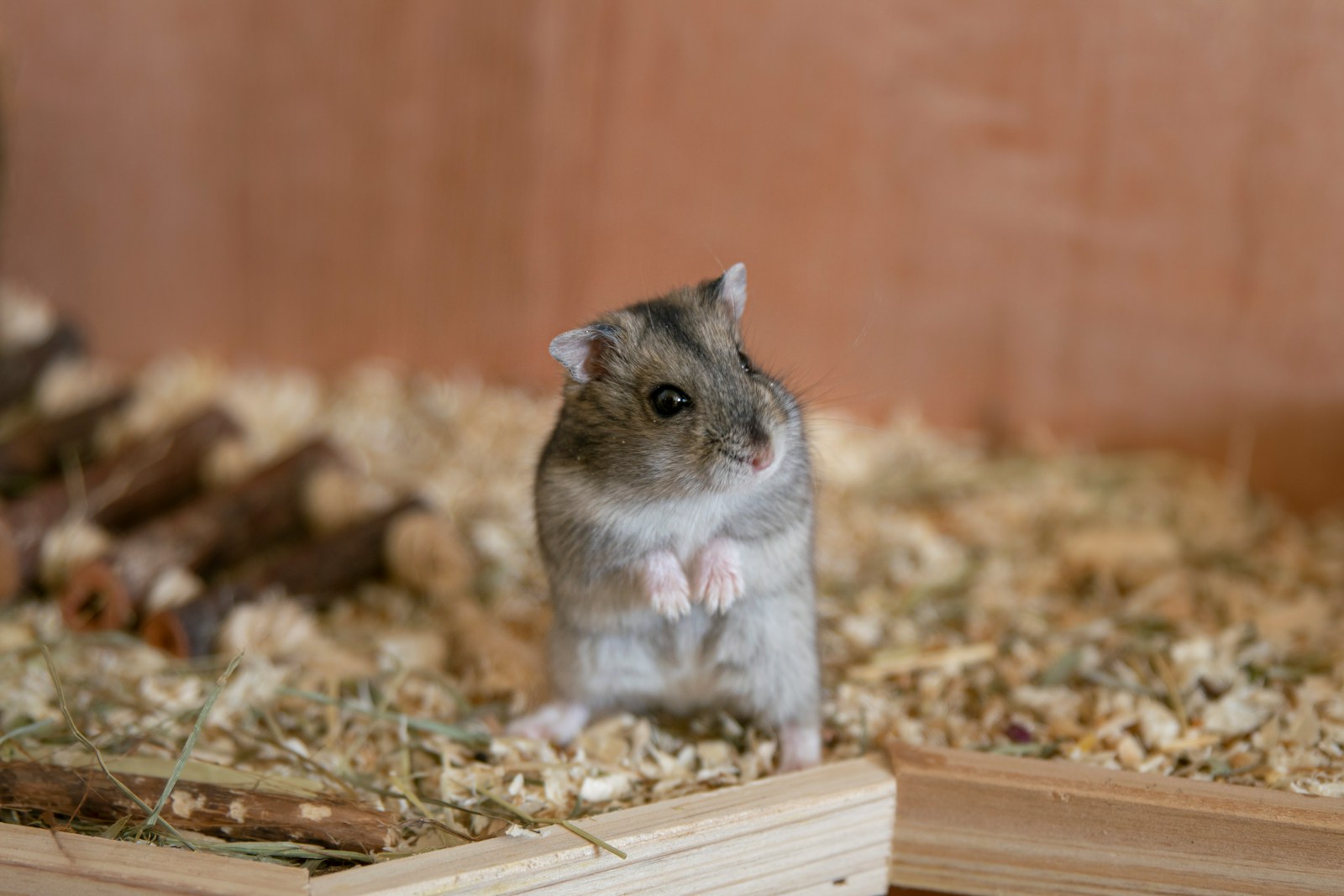
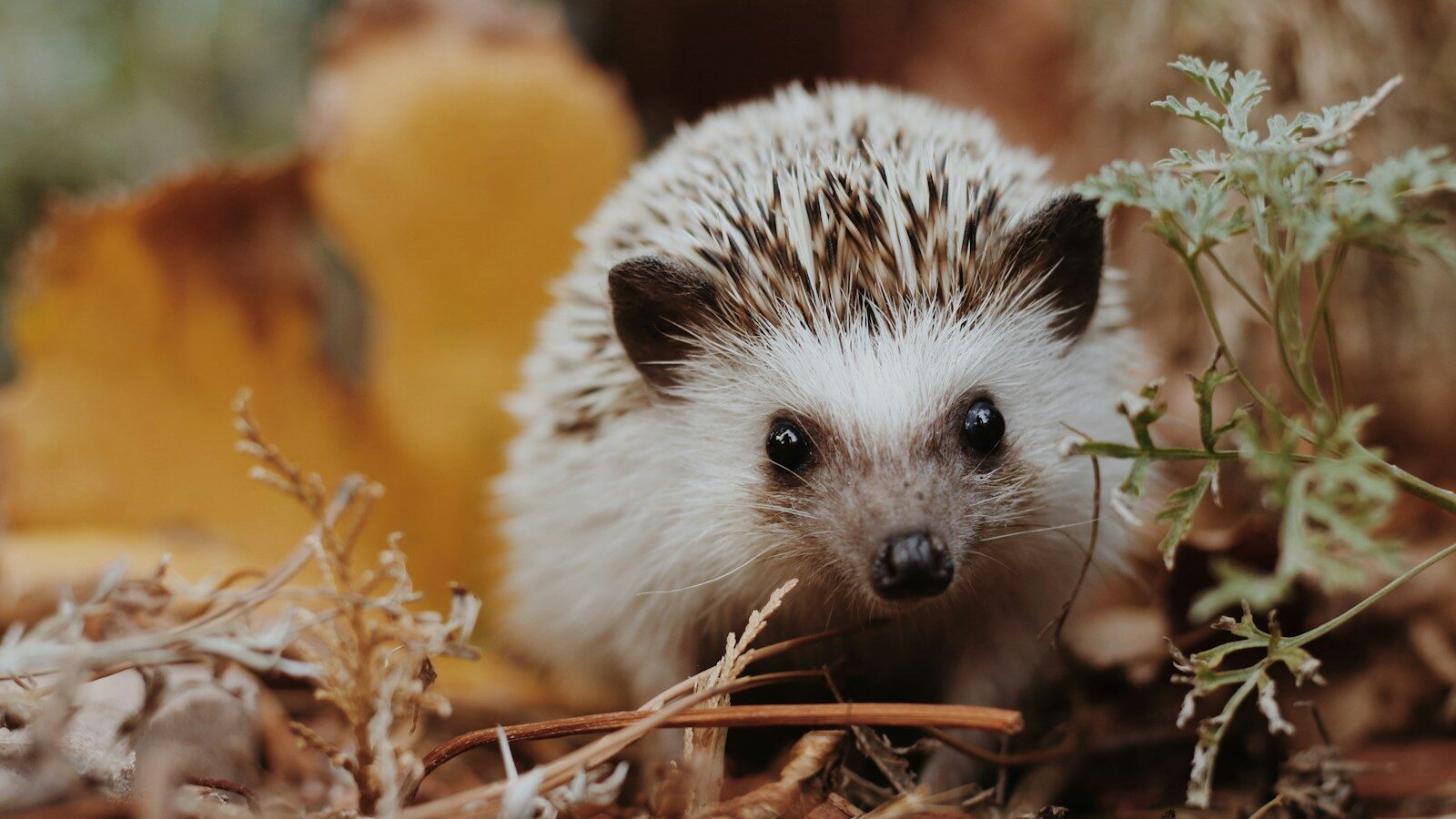




Leave a Reply